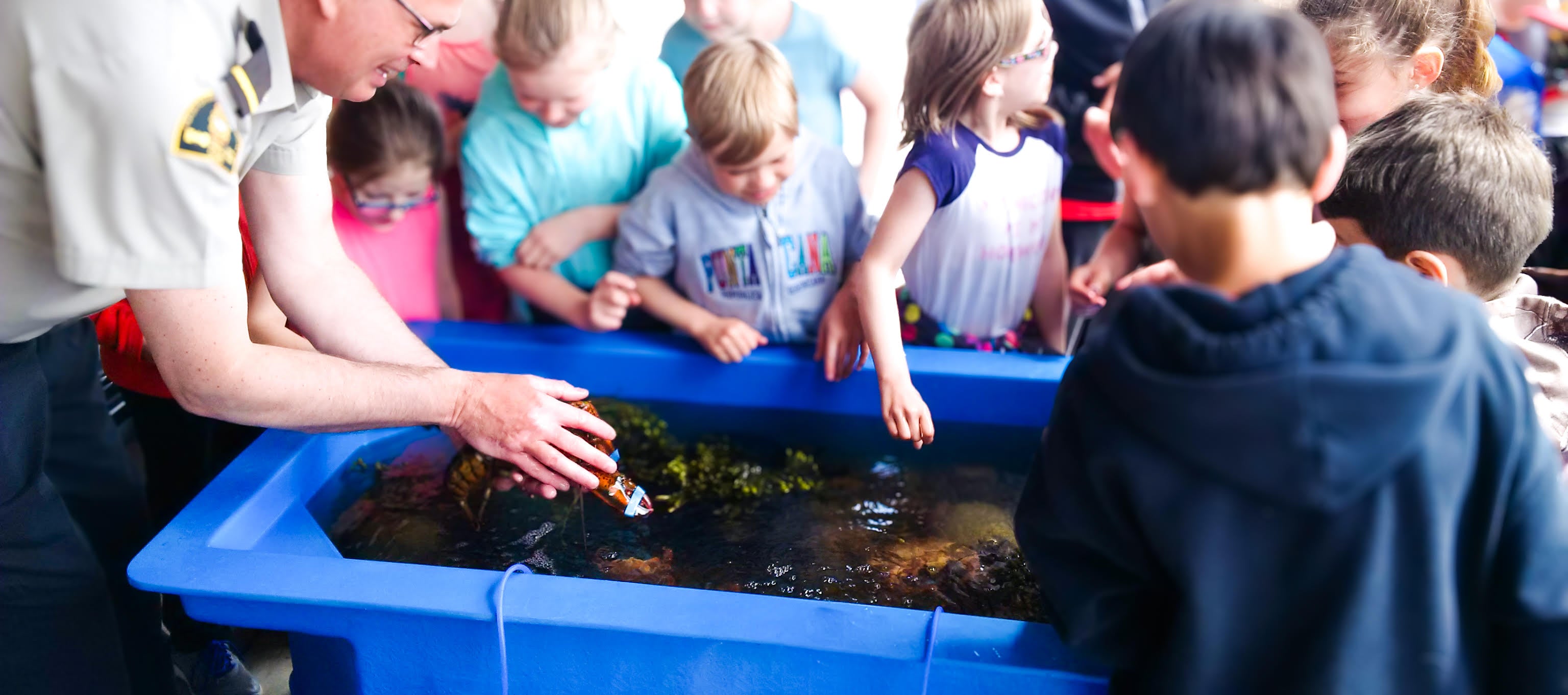
FAQ
Frequently Asked Questions (FAQ) About Fiberglass
1. What is fiberglass?
Fiberglass is a composite material made from fine fibers of glass. It is known for its high strength-to-weight ratio, durability, and resistance to corrosion and moisture, making it an ideal material for a variety of applications, including aquaculture tanks.
Fiberglass offers remarkable strength while being significantly lighter than most metals. As a composite material, it can be designed with glass fibers aligned to withstand specific loads. Weighing over 70% less than steel, fiberglass is easier and more economical to transport and install, leading to long-term cost savings.
2. What are the benefits of using fiberglass tanks?
- Durability: Fiberglass tanks are highly durable and resistant to corrosion, rust, and chemicals.
- Lightweight: Despite their strength, fiberglass tanks are lightweight, making them easy to transport and install.
- Low Maintenance: Fiberglass requires minimal maintenance compared to other materials.
- Customizable: Fiberglass can be molded into various shapes and sizes, offering flexibility in design.
- Insulation: Fiberglass provides excellent thermal insulation, helping to maintain stable temperatures.
3. Are fiberglass tanks safe for aquaculture?
Yes, fiberglass tanks are safe for aquaculture. They are non-toxic and do not leach harmful substances into the water, ensuring a safe environment for aquatic life.
4. How long do fiberglass tanks last?
With proper care and maintenance, fiberglass tanks can last for several decades. Their resistance to corrosion and chemical damage contributes to their long lifespan.
5. How do I clean and maintain a fiberglass tank?
- Regular Cleaning: Use a mild detergent and a soft brush or cloth to clean the tank. Avoid abrasive materials that can scratch the surface.
- Inspections: Periodically inspect the tank for any signs of damage or wear. Address any issues promptly to extend the tank's lifespan.
- Proper Usage: Avoid exposing the tank to extreme temperatures or harsh chemicals that could damage the fiberglass.
6. Can fiberglass tanks be used outdoors?
Yes, fiberglass tanks can be used outdoors. They are designed to withstand various weather conditions, including UV exposure, without degrading.
7. Do fiberglass tanks come in different sizes and shapes?
Absolutely. Fiberglass tanks are available in a wide range of standard sizes and shapes, including rectangular, circular, and conical. Custom sizes and shapes can also be fabricated to meet specific needs.
8. Are there any color options for fiberglass tanks?
Our standard fiberglass tanks are available in white, ensuring a clean and professional appearance for your aquaculture setup. However, in our discount section, you may find tanks in various colors. These discounted tanks are offered at reduced prices due to minor cosmetic blemishes but are fully functional and tested.
9. What should I do if my fiberglass tank gets damaged?
If your fiberglass tank gets damaged, it’s important to repair it as soon as possible to prevent further issues. Many minor damages can be fixed with a fiberglass repair kit. For significant damage, it is advisable to consult a professional.
10. Can fiberglass tanks be recycled?
Fiberglass recycling is possible, but it is more complex than recycling materials like plastic or metal. Specialized recycling facilities can process fiberglass, but it’s essential to check local recycling options.
11. What types of aquaculture applications are fiberglass tanks suitable for?
- Fish Farming: Ideal for raising various fish species.
- Shellfish Cultivation: Perfect for growing shellfish like oysters, clams, and mussels.
- Aquatic Plants: Suitable for cultivating aquatic plants.
- Backyard Ponds: Great for creating aesthetically pleasing and functional backyard ponds.
- Koi Ponds: Excellent for maintaining a healthy environment for koi and other ornamental fish.
- Water Gardens: Ideal for water gardens that include fish and aquatic plants.
- Hydroponics: Useful for hydroponic systems, combining plant and fish farming for a self-sustaining ecosystem.
- Home Aquariums: Suitable for large home aquariums, providing a durable and attractive habitat for fish.
- Recreational Ponds: Perfect for creating recreational ponds for personal enjoyment and relaxation.
- DIY Projects: Great for various DIY aquaculture and gardening projects around the home.
12. Are there any drawbacks to using fiberglass tanks?
While fiberglass tanks offer many benefits, they can be more expensive initially compared to some other materials. However, their long-term durability and low maintenance costs often offset the higher initial investment.